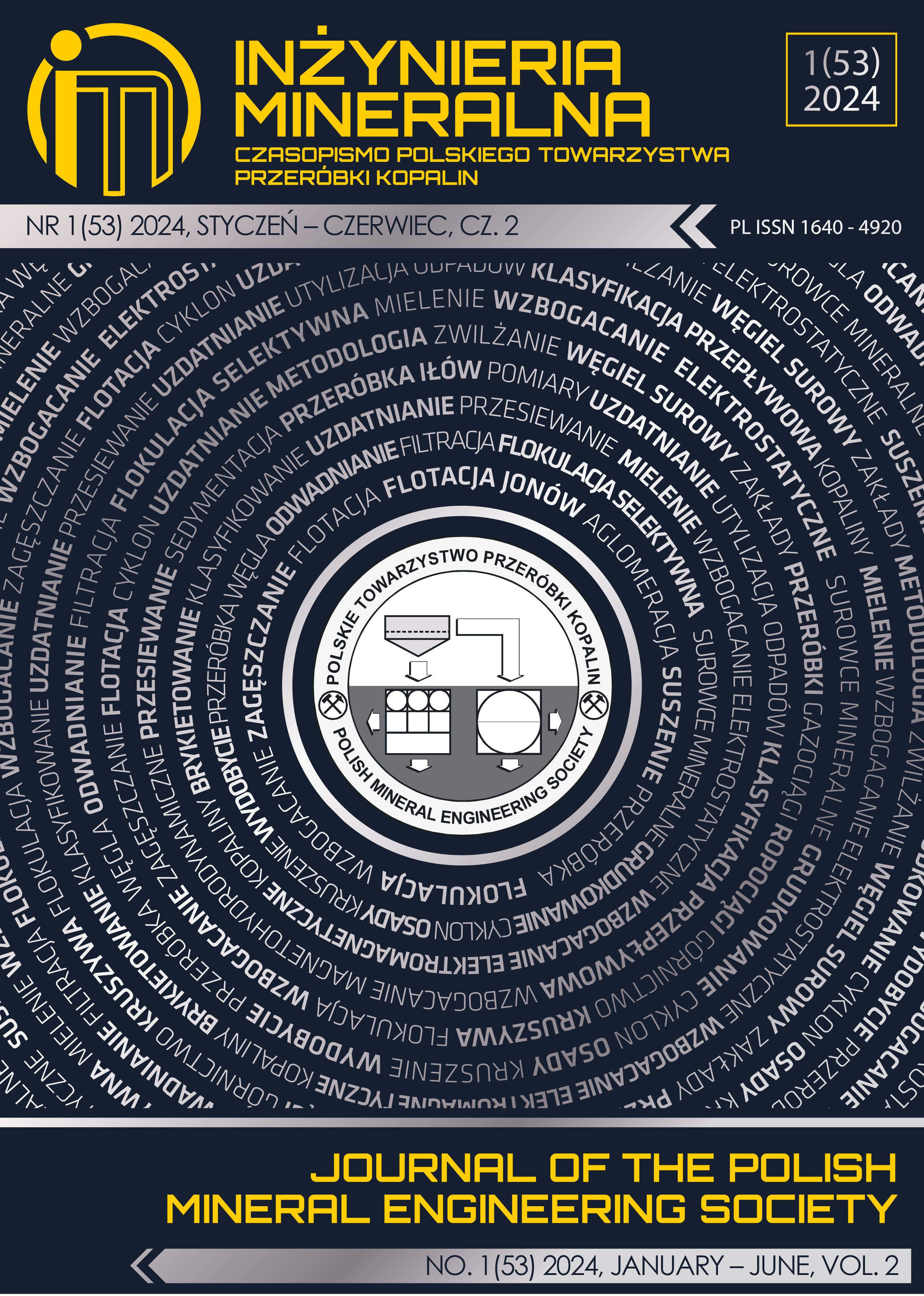An Overview of Sustainable Mining Practices for Ecological Rehabilitation of Degraded Lands in the Rovinari Mining Basin (Romania). Case Study: North Peșteana Interior Dump
Keywords:
degraded lands, sustainable mining, sustainable practices, anthropogenic soil, pedogenesis, industrial ecology
Abstract
Open-pit mining, regardless of the nature of deposit and the exploitation type (continuous or discontinuous), produces long-termnegative effects on the environment. The immediately visible effects are related to the changes in the morphological configuration and
the landscape: the disappearance of the plant cover and topsoil on the entire surface of the mining perimeter, the development of deep
open-pits, the appearance of waste dumps, the construction of premises and technological roads, etc. The uncovering of a deposit is
carried out by removing the vegetation and excavating the soil, followed by the excavation of the sterile material from the deposit's
roof, and is a destructive action with consequences for the local habitat and fauna on long term and sometimes, unfortunately, the
effects can be hardly reversible or even irreversible. The environmental component that suffers the most as a result of mining is the soil
and with it the entire ecosystem in the area. Soil is a resource that is very difficult to regenerate. Natural soil formation takes a long
time, tens and hundreds of years. Therefore, it is important to find and apply solutions to maintain or improve its quality whenever
possible or to support the pedogenesis process by applying sustainable practices in order to accelerate it. Some of these practices can be
applied even during mining activities. The purpose of this research is to find and recommend the best solutions that can be applied in
different stages of the lifecycle of a mine and which, applied together, have a synergistic role and a remarkable effect on the pedogenesis
process and on its duration. That is why it is very important to design the mining activity from opening to closing, taking into account
the decommissioning of buildings, the rehabilitation and revegetation of degraded lands for the subsequent inclusion in the landscape
and the resumption of its functions.
Published
2024-07-25
How to Cite
APOSTU, I.-M., LAZĂR, M., FAUR, F., & TRAISTĂ, E. (2024). An Overview of Sustainable Mining Practices for Ecological Rehabilitation of Degraded Lands in the Rovinari Mining Basin (Romania). Case Study: North Peșteana Interior Dump. Test, 2(1), 235–245. https://doi.org/10.29227/IM-2024-01-114
Section
ARTICLES
Copyright (c) 2024 Izabela-Maria APOSTU,Maria LAZĂR,Florin FAUR,Eugen TRAISTĂ

This work is licensed under a Creative Commons Attribution-ShareAlike 4.0 International License.
This journal permits and encourages authors to post items submitted to the journal on personal websites or institutional repositories both prior to and after publication, while providing bibliographic details that credit, if applicable, its publication in this journal.







.png)
